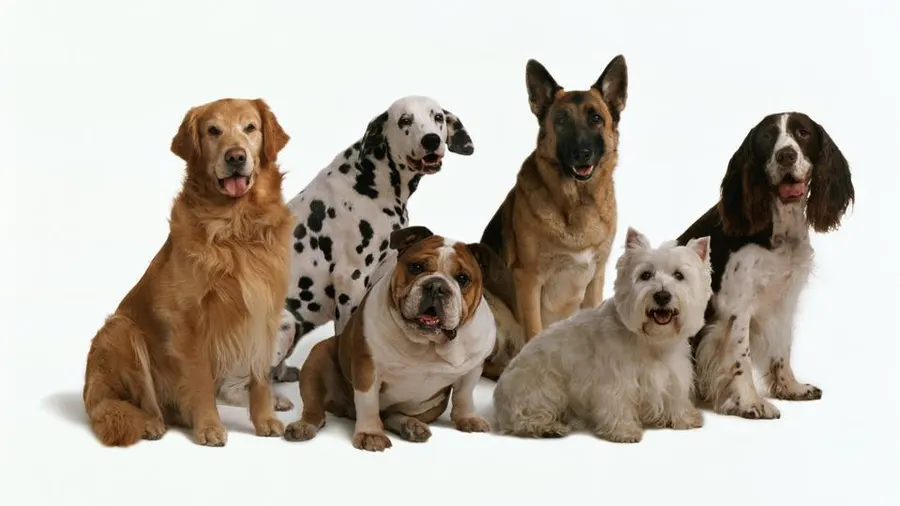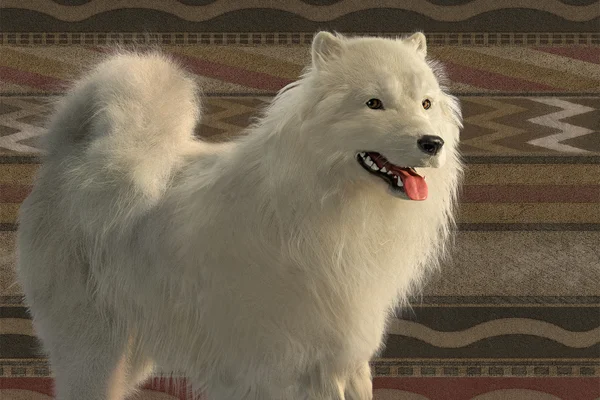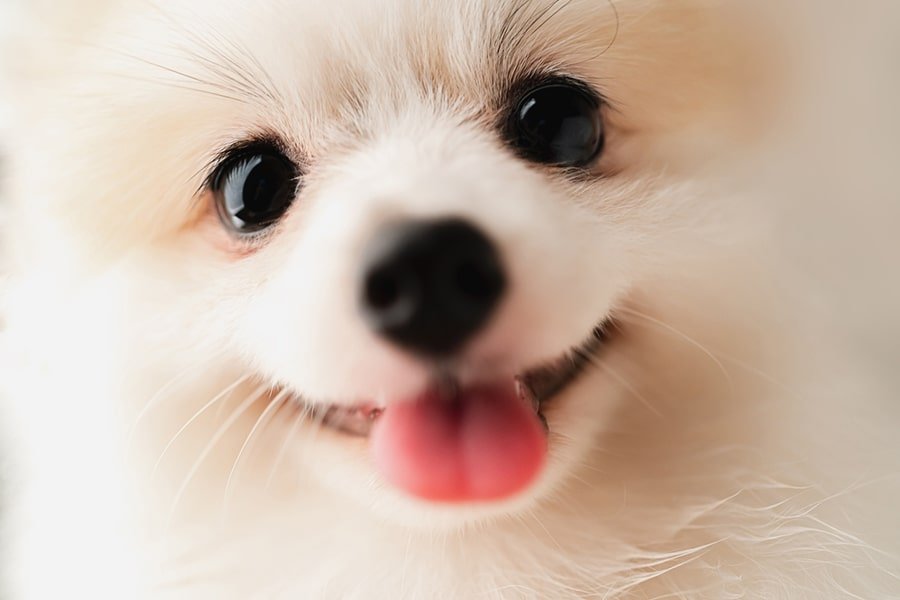Dogs, those ever-joyful companions, have a language all their own: the wag of their tails.
It’s a form of communication that transcends words,

expressing everything from happiness to curiosity.
In this article, we delve into the art of wagging,
celebrating our furry friends and the boundless joy they bring to our lives.
Understanding the Wag: Decoding the Canine Language
Wagging isn’t just a random motion;
it’s a nuanced form of expression.
A broad, sweeping wag often signifies excitement and happiness,
while a slower, more tentative wag may indicate uncertainty or caution.
Paying attention to the speed, direction,
and intensity of the wag can offer insights into a dog’s emotional state.
Wagging 101: The Science Behind the Joy
Ever wondered why dogs wag their tails? It’s not just for show;
there’s science behind the wag.
Studies have shown that wagging releases hormones like oxytocin and dopamine,
promoting feelings of happiness and bonding.
So, the next time your pup greets you with a wagging tail,
know that it’s not just a greeting but a display of love and affection.

The Wagging Spectrum: From Energetic Wiggles to Subtle Wags
Dogs come in all shapes and sizes, and so do their wags.
From the exuberant full-body wag of a Labrador to the subtle tail flick of a Shiba Inu,
each wag is as unique as the dog itself.
Embracing this diversity adds to the richness of our canine companionship.
Wagging Etiquette: How to Interpret and Respond
Understanding the nuances of wagging can enhance our interactions with dogs.
Responding appropriately to their wags—
whether it’s with a pat on the head, a scratch behind the ears,
or a game of fetch—fosters trust
and strengthens the bond between human and canine.
Wagging Tales: Heartwarming Stories of Canine Companionship
The world is filled with heartwarming tales of dogs and their unwavering loyalty and love.
From service dogs providing support to those in need to rescue dogs finding their forever homes,
these stories remind us of the profound impact our furry friends have on our lives.
The Wagging Community: Bringing Dog Lovers Together
In today’s interconnected world,
dog lovers from across the globe come together to celebrate their shared passion.
From online forums to local meetups,
these communities provide a space for dog owners to share tips, stories,
and, of course, pictures of their beloved pets.

Conclusion: Embracing the Wagging Spirit
In a world filled with chaos and uncertainty,
dogs offer a beacon of joy and companionship.
Their wagging tails remind us to embrace the present moment,
find joy in the little things,
and cherish the bond we share with our canine companions.
FAQs (Frequently Asked Questions):
1. Can all dogs wag their tails?
While most dogs can wag their tails, some breeds,
like the Basenji, do not have tails that curl or wag in the same manner as other breeds.
2. What does it mean if a dog’s tail is tucked between its legs?
A tucked tail usually indicates fear, anxiety,
or submission in dogs.
It’s important to approach a dog with a tucked tail gently and cautiously.
3. How can I help my dog feel more comfortable around strangers?
Gradual exposure and positive reinforcement can
help desensitize dogs to unfamiliar people and situations,
reducing their anxiety and increasing their confidence.
4. Why do dogs wag their tails when they sleep?
Tail wagging during sleep is often associated with dreaming.
It’s a natural behavior that occurs as dogs experience different stages of sleep,
similar to humans.
5. Is excessive tail chasing a cause for concern?
While occasional tail chasing is normal behavior for some dogs,
excessive or obsessive tail chasing could indicate underlying issues such as anxiety or boredom.
Consulting with a veterinarian or animal behaviorist is recommended in such cases.

